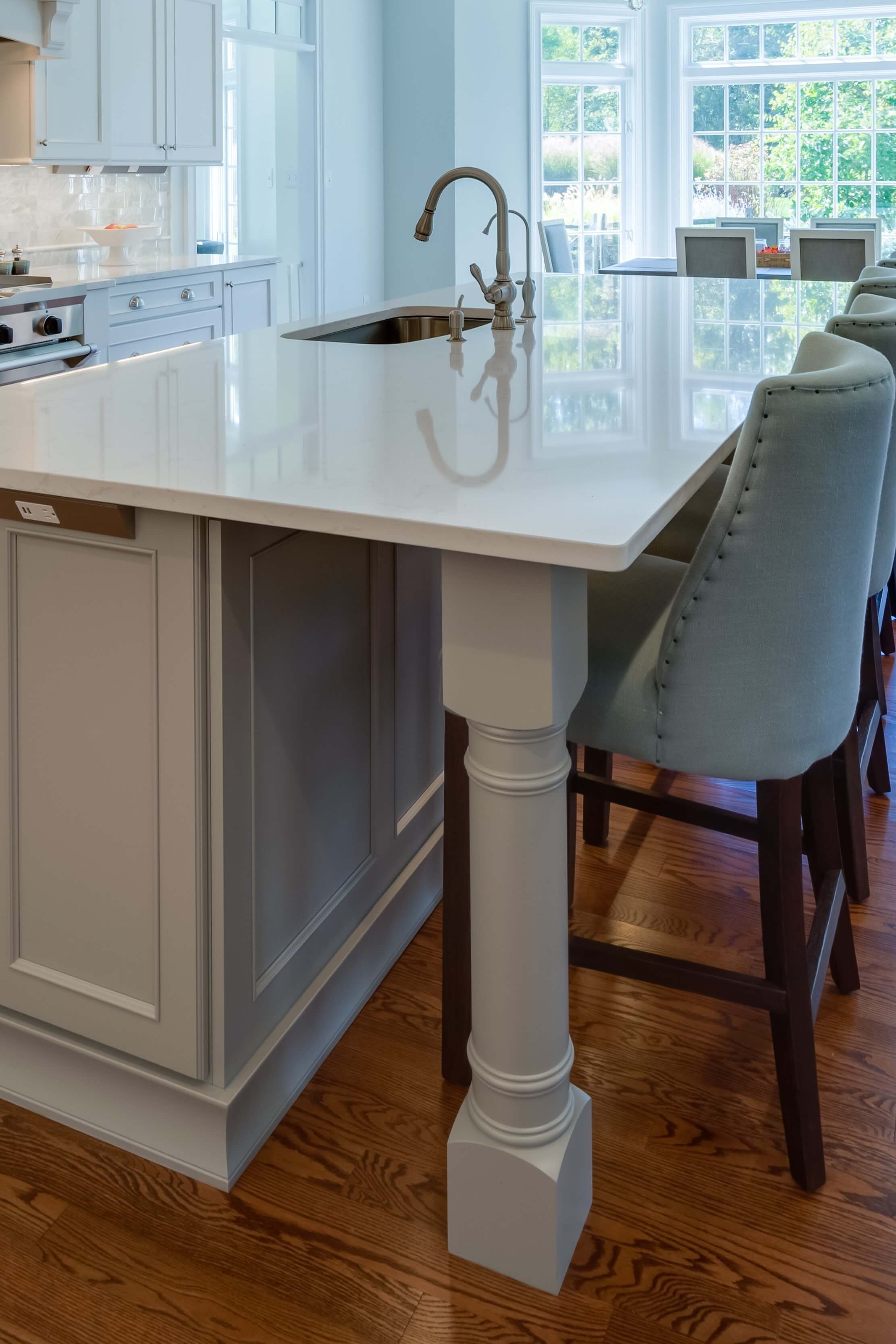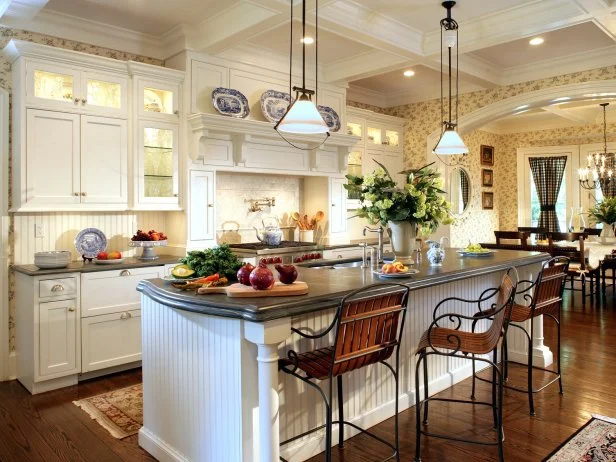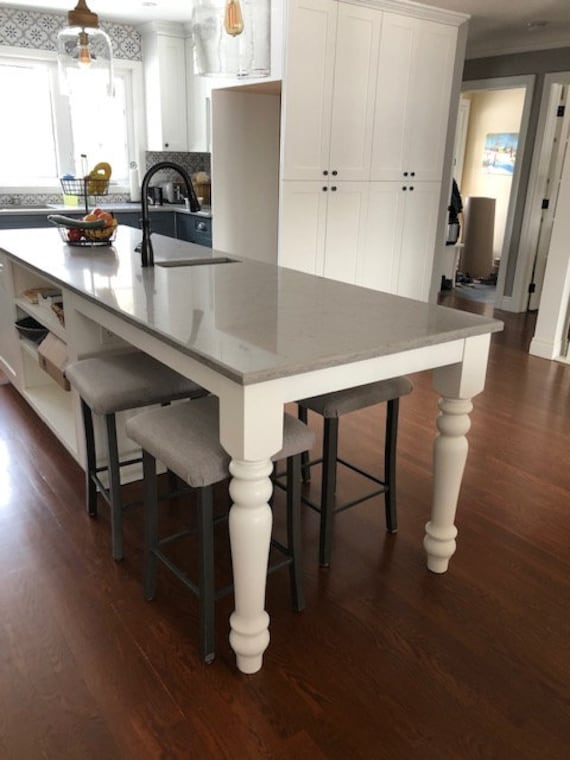Customize Your Kitchen Look with Special Legs For Kitchen Island Options
Crucial Elements to Think About When Selecting Legs For Kitchen Island
Choosing the proper legs for a kitchen area island includes a mindful analysis of numerous factors that can dramatically affect both functionality and visual charm. Amongst these, the choice of product plays an essential role in making sure resilience, while the layout has to complement the existing decoration. Factors to consider such as elevation and weight support are important for stability and convenience. As we check out these components, it ends up being clear that each choice can have far-ranging effects for the total cooking area experience. What nuances should be taken into consideration in each of these classifications to attain the ideal equilibrium?
Material Options
When selecting legs for a cooking area island, recognizing the various material alternatives is necessary for accomplishing both aesthetic charm and architectural integrity (Legs For Kitchen Island). The option of product significantly influences not only the longevity of the island yet also its overall style and capability
Wood is a popular selection, offering warmth and convenience. Strong hardwoods, such as oak or maple, offer strength and can be discolored or repainted to match the cooking area design. Metal legs, usually made from stainless steel or functioned iron, add a modern and commercial feeling while guaranteeing longevity and security. These products are resistant to wear and can support significant weight, making them ideal for bigger islands.
Another option is engineered products, like MDF or plywood, which can be a lot more economical while still providing a series of finishes. However, they might not supply the exact same level of stability as strong wood or metal. Last but not least, products such as acrylic or glass can develop a contemporary appearance, though they might need extra support to guarantee security.
Ultimately, the option of material for cooking area island legs ought to line up with the desired functionality and the general theme of the kitchen.
Design And Style

When considering design, the shape and coating of the legs are essential. Conical legs can provide a sense of agility and beauty, while thicker, much more durable legs can share stamina and security. Additionally, the surface-- be it painted, tarnished, or all-natural-- must enhance the kitchen cabinetry and kitchen counter products to create a unified look.
Moreover, the design of the legs can likewise show individual preference. Custom or ornamental legs, such as those including detailed carvings or unique geometric shapes, can function as focal factors, including personality and personality to the kitchen. Ultimately, the right choice will not only improve performance but additionally boost the visual charm, making the kitchen island a standout function of the home.
Height Factors To Consider
Selecting the ideal height for kitchen island legs is essential, as it straight affects both functionality and comfort. The basic height for a cooking area island typically varies from 36 to 42 inches, straightening with usual kitchen counter heights. A 36-inch elevation is excellent for food preparation and food preparation, enabling for comfy use of kitchen appliances and tools. On the other hand, a height of 42 inches is commonly liked for islands meant for bar seats, accommodating taller feceses and providing a laid-back dining experience.

It is likewise necessary to make up users' heights and preferences. Customizing the height can make certain look at this now a comfortable experience for all member of the family, making the kitchen island a much more satisfying and functional space.
Weight Support
Ensuring adequate weight assistance for kitchen area island legs is crucial for both security and performance. The cooking area island often serves multiple functions, including food preparation, eating, and added storage space, requiring a robust assistance framework. When choosing legs, it is important to take into consideration the total weight ability needed based on the island's meant use and the products that will certainly be positioned pop over to this site on it.
The option of material for the legs plays a considerable duty in their weight-bearing capabilities. Solid wood, metal, and sturdy compounds normally supply premium toughness contrasted to lighter materials. Furthermore, the style of the legs-- whether they are right, tapered, or have a pedestal form-- can influence their capacity to disperse weight successfully across the framework.
Additionally, the leg positioning must be purposefully prepared to boost stability. Legs placed at the corners or with a wider base can much better support much heavier tons. Always speak with the maker's specs regarding lots limitations to make sure that the legs can sustain the desired weight without compromising security. In recap, selecting kitchen area island legs with ample weight support is essential for producing a safe and useful culinary area.
Installment and Maintenance
Correct installation and upkeep of kitchen island legs are essential for making sure longevity and stability. This often includes safeguarding the legs to the island base utilizing ideal fasteners, making certain that the legs are degree and straightened.
When mounted, regular upkeep is necessary to protect the honesty and appearance of the legs - Legs For Kitchen Island. For wooden legs, routine cleaning with a moist towel and application of suitable wood gloss can prevent wetness damages and keep their check my site coating. Metal legs might call for a gentle cleaning option to get rid of grease and gunk, adhered to by a completely dry cloth to stop corrosion development
Additionally, inspect the legs on a regular basis for indicators of wear or damages, such as splits or loosened joints. Tightening up screws or screws as required can additionally lengthen the life-span of the legs. By sticking to these installment and upkeep techniques, homeowners can ensure that their kitchen island remains sturdy and visually appealing for several years ahead.
Verdict

Aesthetic comprehensibility is extremely important in picking the style and design of legs for a kitchen island, as these aspects considerably affect the total setting of the room. Conical legs can provide a sense of lightness and beauty, while thicker, much more robust legs can communicate stamina and stability.Selecting the proper elevation for kitchen area island legs is vital, as it straight influences both capability and convenience. In recap, choosing kitchen area island legs with appropriate weight support is vital for producing a risk-free and practical culinary room.
In verdict, picking legs for a kitchen area island demands cautious consideration of various factors, consisting of product choices, style, height, weight assistance, and installment.